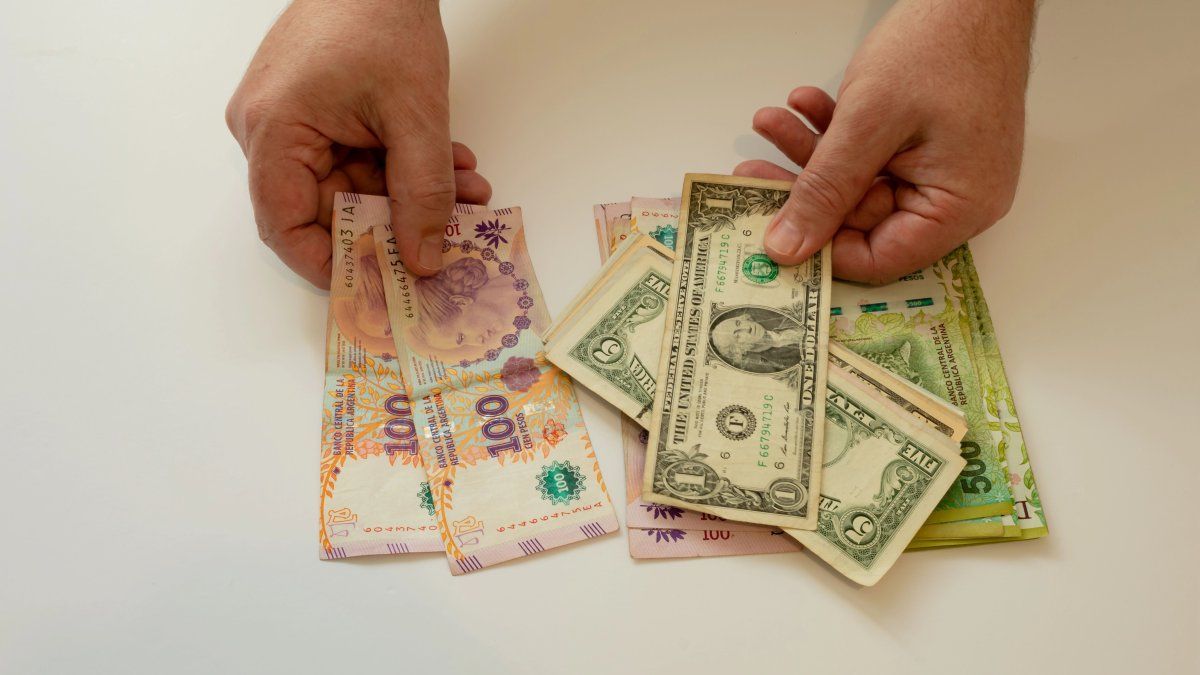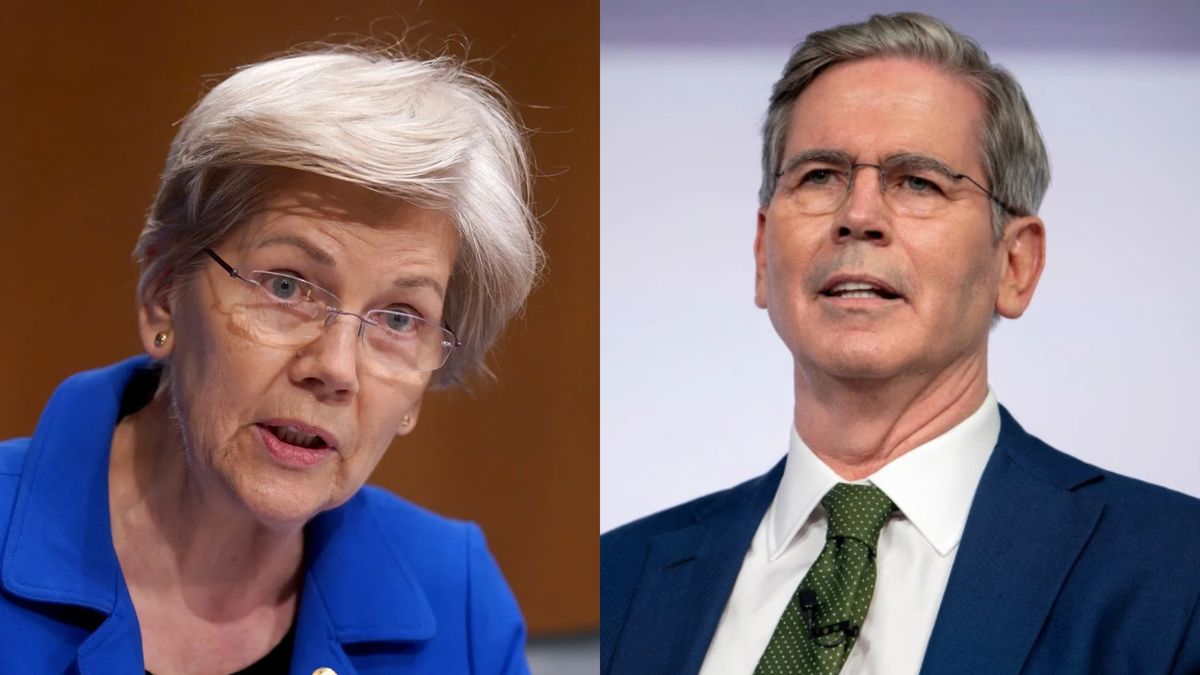In the last days there was an overheating of the exchange market, due to a combo of factors, which mixed seasonal issues with structural elements of the economic plan and with an agitated international context. In that framework, In the market they predict a bearish trend in the rates in pesos, which can add even more pressure on the price of the dollar.
The recognized Consultant 1816 suggested in a report released this week that the recent progress in the price of the official exchange rate may have been influenced by the Fall of almost 10 percentage points (PP) at the annual nominal rate of the cionwhich retreated from 33.5% to 23.4%, on average.
It is worth remembering that the ciones are investment instruments characterized by its short term, its high liquidity and its low risk, and guaranteed by securities such as bonds and actions. 1816 pointed out that the recent fall of the rate at one day could have had to do with the more than $ 4 billion that remained in circulation Following the low debt refinancing carried out by the Ministry of Economy in the second bids of June.
image.png
The entity also estimates that banks have a remaining between $ 8 and $ 10 billion in fiscal liquidity letters (Lefis), which expire on July 17 And they will not be renewed. From that total amount of pesos, it provides that a part will stop lace in the Central Bank (BCRA) at zero rate.
In parallel, they would remain Among another $ 4 and $ 5 billion that must find a destination. In that context, the economic team led by Luis Caputo will seek to capture that surplus through short -term titles.
They foresee lower rates and pressed dollar: what will be the role of LECAPS?
However, 1816 Avizora that “unless the BCRA operates in a foreseeable manner in the secondary market of short lecaps (so that the banks feel comfortable leaving their liquidity there), We should go to a more volatile rate market (Without the floor that the Lefis or the roof of the active passes put) and structurally lower (Since the average rate to which the banks are going to place will now be lower) and because the rests and ciones are taxed with gross income. “This is a risk for the exchange rate“The aforementioned report warned.
For its part, Damián VlassichTeam Leader of Strategies Investment in investing online (iol)it agreed that with the end of the Lefis there will be an increase in zero rate lace. In addition, he marked that in the first tender of July the Treasury efforts to capture the rotation of the Lefis, since in the shortest section rates of between 36% and 39% for Lecaps were validatedabove the negotiated in the secondary market.
In the same vein, from the consultant Ecogo They stressed that “given the last expansion of weights and its impact on system liquidity, noise in the exchange rate, the slight low rates in the curve in pesos and Lefis’s transfer to Lecaps” It was expected a “rollover” of more than 100% in this tendersomething that finally ended up.
“It will be interesting to see how the short section of the Lecaps curve reacts“Vlassich focused on Thursday a significant upward adjustment in the rates of these letters, although in annual terms they barely exceeded 30% in effective terms, still far from the returns of Caputo’s placements.
Will the government seek to reduce exchange pressure?
All this happens while The demand for dollars in the official market remains thrivingdue to various causes, such as the dollarization of bonuses and the aforementioned remnant of pesos that remained for tenders, the expectations of a lower supply of currencies by the agriculture after the restoration of the withholdings, the decision of the Treasury (via pressure of the IMF) of accumulating reserves and a chaotic global framework by the commercial war unleashed by the US.
Faced with this scenario, the Government must choose between the lowest, favorable rates for economic activity to extend its recovery, or if it puts cold cloths to this dynamic to reduce the risks on the dollar and, therefore, on inflation, taking into account the electoral context.
Source: Ambito
I am a 24-year-old writer and journalist who has been working in the news industry for the past two years. I write primarily about market news, so if you’re looking for insights into what’s going on in the stock market or economic indicators, you’ve come to the right place. I also dabble in writing articles on lifestyle trends and pop culture news.




